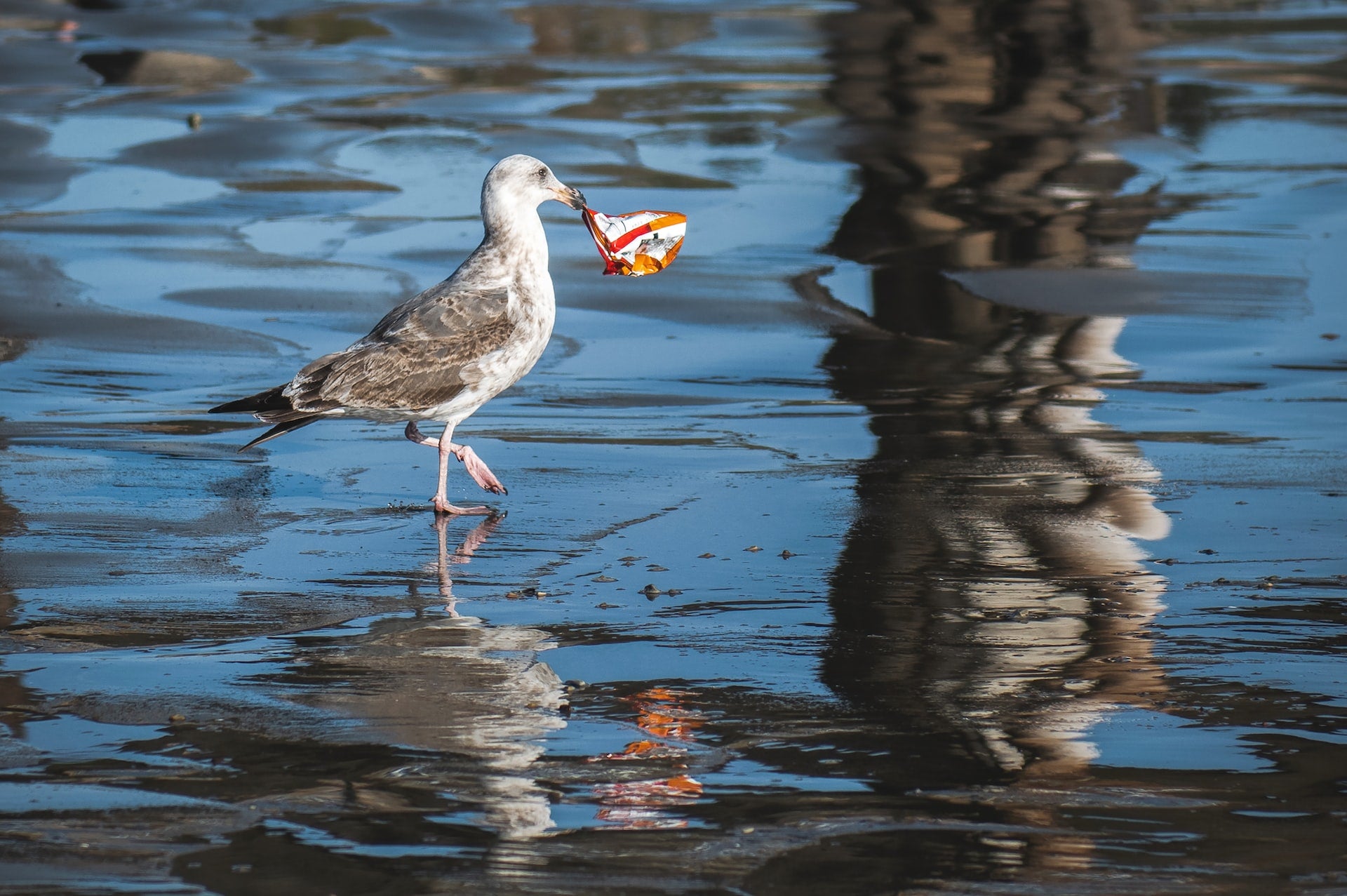FREE US SHIPPING WHEN YOU SPEND $35+
This Is How Plastic Packaging is Harming the Environment (And You!)

Shampoos, moisturizers, deodorants, lotions. We’re surrounded by these items everyday, but what we often don’t see is the massive cosmetic waste problem they leave behind. Indeed, the beauty industry is notorious for its environmental impact, reportedly generating more than 120 billion units of packaging every year.
So where does it all go? You guessed it. Our oceans, landfills, and ecosystems are now populated with disposable containers that once housed lipsticks, soaps, and other personal care products. Even more harrowing, if plastic waste statistics continue to increase in the next decade, the oceans could carry more plastic than fish by 2050 — that’s just 28 years away!
Plastic pollution is more than just unsightly trash; it has real implications on our ecosystems and all creatures that call it home (including you!). Here are some ways plastic packaging is hurting the earth, and why you should care about it.

Plastic packaging sheds microplastics
Microplastics are tiny particles shed by plastics. No bigger than 5 millimeters in size, these debris can now be found everywhere — from the oceans, to the air we breathe. Most recently, microplastics have even been detected in human blood for the very first time, and scientists are starting to get worried about its damage to human cells. Plastic waste in oceans also has several toxic effects on fish and other aquatic life, including harming digestion, reducing food intake, delaying growth, and causing abnormal behavior.

Plastic packaging has high carbon emissions
Most plastic is impossible to recycle, and disposing of these containers account for up to 70% of the entire industry’s carbon emissions. Instead, they’re often downcycled, incinerated, or sent to landfills to break down over 450 years. These emissions have devastating effects — like contributing to climate change and triggering extreme weather changes, causing respiratory diseases, and impacting plant life. The list goes on.
Plastic packaging is killing wildlife
Animals can’t always tell between plastic waste and food, and some also end up entangled in or choking on plastic debris. And because plastics are neither biodegradable nor digestible, debris that ends up inside an animal’s digestive tract breaks into smaller pieces that get consumed by even more animals. It’s a cycle that keeps going — resulting in poisoning, injuries, malnutrition, and more.

Plastic packaging lasts forever
Plastic is designed to be durable and survive the most extreme conditions, from blistering sun exposure to freezing temperatures. It is astonishing to think that plastic has been around since 1907. How many toothbrushes, mascara tubes, and shampoo bottles are still around from decades ago, whether in their original form or broken down into microplastics? At this rate, plastic may outlive humanity itself.
So what can you do to help the plastic waste problem?
Choose products with eco-friendly packaging
When possible, choose sustainable cosmetic brands with reusable, biodegradable, and/or recyclable packaging. At J&L Naturals, all our packaging is eco-friendly and we ship 100% plastic-free (none of those unnecessary peanuts or bubble wrap). Working with our manufacturers, we have developed containers that meet our highest standards of sustainability. First, we try to use kraft containers for most of our products, since this is easily compostable and biodegradable. It does not need to go through complicated processes to compost like other plastic packaging alternatives. Our other choice for packaging (when kraft is inapplicable) is good old glass. This can be recycled by the consumer (that’s you!), or through our in-house recycling program.

Reduce your own plastic consumption
Saying no to plastic doesn’t have to be complicated. For starters, invest in a good tote bag you can use for your daily errands (you probably already have these lying around), like when shopping for groceries or at the mall. And instead of relying on single-use utensils or water bottles, bring your own reusables. This way, you get to save some money from bringing your own water too. For beauty, you can also use reusable beauty products, such as reusable q-tips.
Learn how to properly recycle
Even if something is recyclable, it doesn't mean it actually gets recycled. As a consumer, you can do your part by learning how to recycle the right way. Begin by checking if a container is recyclable or not. If the recycling center is unable to take it, it will simply get tossed in the trash. To know which plastics are acceptable, get in touch with your local recycling center and ask what kind of plastics they can take. When sending out plastics for recycling, don’t forget to rinse and clean them thoroughly too.

Plastic is a revolutionary invention that’s both a blessing and a curse to the world. Nowadays, it’s virtually impossible to escape plastic fully, but that doesn’t mean you shouldn’t try. Wondering how to be sustainable and live plastic-free? Start with our tips above, and you’ll be on the right track. Remember, small, imperfect steps towards eradicating plastic is better than nothing at all.
Shop your plastic-free, ethical essentials at jnlnaturals.com.

